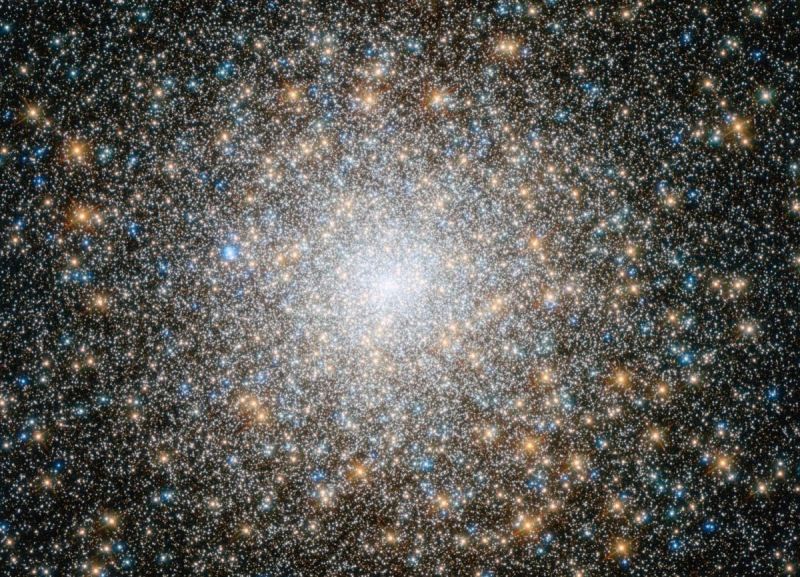CANUCS (Canadian NIRISS Unbiased Cluster Survey) team discovered the most distant globular clusters in history using the James Webb Space Telescope (JWST). Click to read more.

The Canadian CANUCS discover the most distant globular clusters ever found
CANUCS (Canadian NIRISS Unbiased Cluster Survey) team discovered the most distant globular clusters in history using the James Webb Space Telescope (JWST). These million dense groups of stars might be relics that contain the universe's first and oldest stars.
This discovery in JWST's First Deep Field already gives a detailed look at the earliest phase of star formation, thereby confirming JWST's incredible power.
The Sparkler galaxy, nine billion light-year-away, was the focus of the detailed Webb's First Deep Field image. The researchers called the dense objects around this galaxy, which appeared as small yellow dots sparkles.

As stated by the research team, these sparkles might be old globular clusters. Or new clusters of stars developing actively and were formed three billion years after the Big Bang at the height of star formation.
Globular clusters are a collection of old stars from the time a galaxy begins, providing information about its early stages of development and expansion.
From the researcher's initial analysis of 12 of these dense objects, they determined that five of them are not just globular clusters but are among the oldest ones known.
Kartheik G. Iyer, a co-lead author of the study, said it was incredible to look at the first images from James Webb Space Telescope and discover old globular clusters around distant galaxies. This wasn't possible with the previous Hubble Space Telescope imaging.
These recently identified clusters were formed around the first time it was even possible to create stars. Because the Sparkler galaxy is much farther away than Milky Way, determining the ages of its globular clusters is easy.
Researchers are observing the Sparkler to be nine billion years ago when the age of the universe was only four-and-a-half billion years old; this is something that happened a long time ago. It is just like guessing a person's age according to their appearance—Telling the difference between a 5- and 10-year-old is easy, but telling the difference between a 50- and 55-year-old is hard.
The Sparkler galaxy is very special because it is magnified by an effect called gravitational lensing with a factor of 100—where the SMACS 0723 galaxy cluster in the foreground distorts what is behind it like a giant magnifying glass.
Gravitational lensing also produces three different images of the Sparkler, thereby allowing astronomers to study the galaxy in greater detail.
The study of the Sparkler highlights the great power of combining JWSTs' unique capabilities with gravitational lensing's provision of natural magnification.
The team is excited about more discoveries next month when JWST turns its eye on the CANUCS galaxy clusters.
The researchers did a combination of new data from JWST's Near-Infrared Camera (NIRCam) and HST archival data. Faint objects are detected by NIRCam using longer and redder wavelengths to observe more than what is visible by the human eye and even HST.
Both magnifications made it possible to observe compact objects.
The instrument of the Canadian-made Near-Infrared Imager and Slitless Spectrograph on the JWST confirmed the objects to be old globular clusters because oxygen emission lines were not observed by the researchers—emissions with measurable spectra offered by young clusters that are actively forming stars. NIRISS also helped in unravelling the geometry's triply lensed images of the Sparkler.
JWST's made-in-Canada NIRISS instrument was essential in understanding how Sparkler's three images and their globular clusters are connected. This made it clear that they are orbiting around the Sparkler galaxy and are not simply in front of it by chance.

